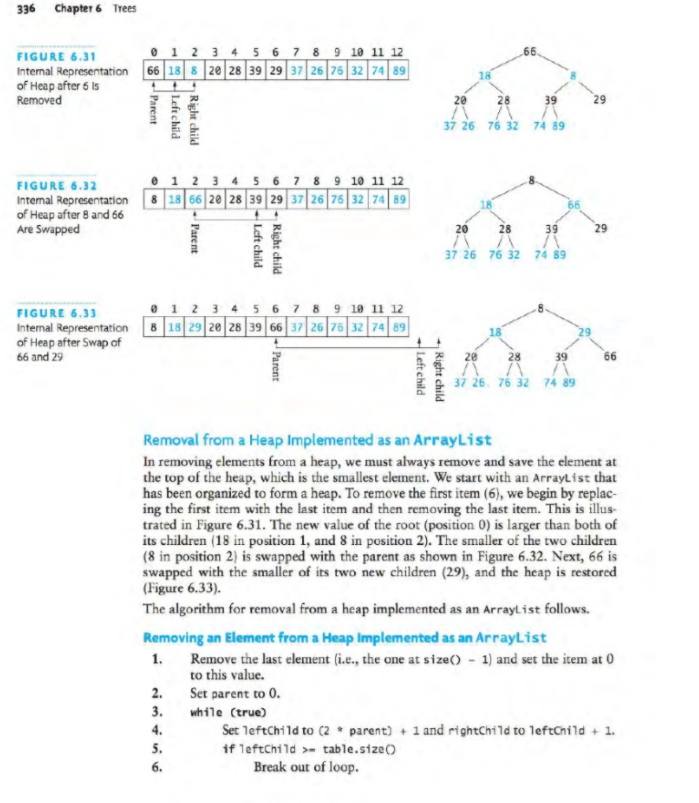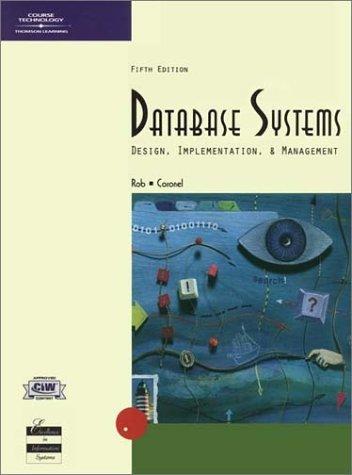Answered step by step
Verified Expert Solution
Question
1 Approved Answer
Build a MAX-Heap that would result from the following numbers in the given order. 15, 25, 10, 33, 55, 47, 82, 90, 18 Draw the
Build a MAX-Heap that would result from the following numbers in the given order. 15, 25, 10, 33, 55, 47, 82, 90, 18 Draw the final heap using two formats: a tree and an array like Figure 6.31 in Page 336 in the textbook. You must build the heap using the algorithm in Page 333 in the textbook. Your final MAX-Heap as a tree: Your final MAX-Heap as an array:


Step by Step Solution
There are 3 Steps involved in it
Step: 1

Get Instant Access to Expert-Tailored Solutions
See step-by-step solutions with expert insights and AI powered tools for academic success
Step: 2

Step: 3

Ace Your Homework with AI
Get the answers you need in no time with our AI-driven, step-by-step assistance
Get Started


